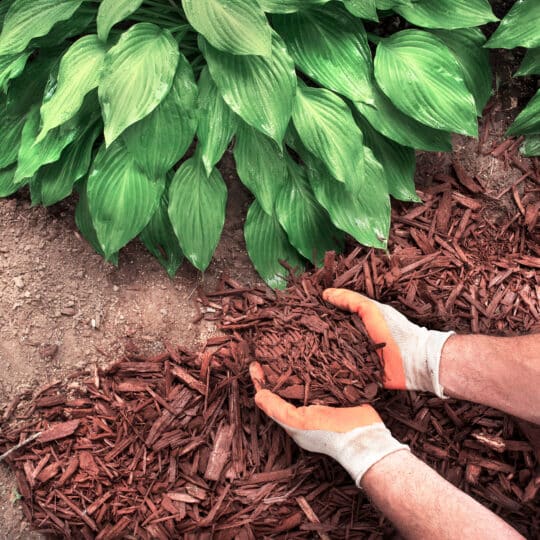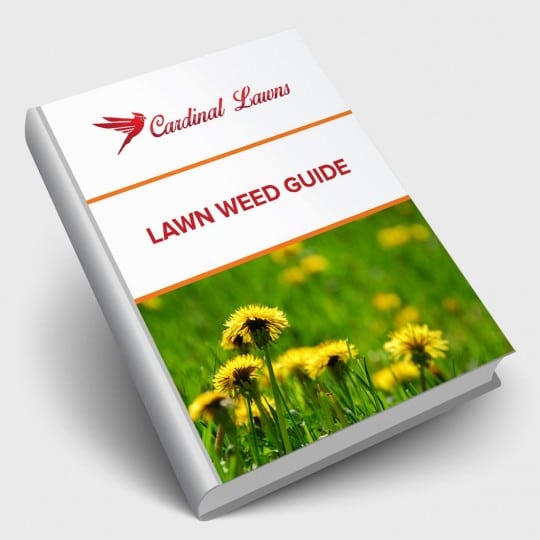Natural Weed Control Methods
When You Don’t Want Weeds or Chemicals
Posted
May 23, 2024

Getting rid of weeds may seem like an ongoing process, especially if you don’t treat them early in the season. The process is even more specialized if you don’t want to use any of the countless chemical control products on the market. However, there are easy natural weed control methods you can try and still get the desired results.
Identify the Weeds
Technically, weeds are only what you don’t want in your garden. Some gardeners plant specific types of plants and only want those varieties to grow. Everything else must go. Other gardeners tolerate new sprouts that may have arrived by air or water. They may not be what was planted, but seeds are known to spread.
As long as you’re happy with what’s in your garden, it’s not labeled a weed. However, some plants are more invasive than others and can quickly take over the space if not properly dealt with. If you identify something as a weed, you want to act quick before it reseeds and starts competing with your desirable plants for nutrients, light, and water.
Natural Weed Control Methods
There are certain methods of stopping weeds that don’t require harsh chemicals or daily chores.
- Cover them up. Mulch your garden beds early in the spring to stop surface weeds from popping up. You can use anything from newspaper and cardboard as a base layer since it will eventually break down. Or simply spread shredded leaves, straw, or wood chips around your desired plants. Not only does mulch block weed seeds from germinated, but it retains water, regulates soil temperature, and provides added nutrients as it decomposes over time.
- Dig them out. Pulling out weeds by hand may get tiring after a while, and you have to be sure to get the whole root out if you don’t want the weed to return. Digging them up helps ensure you get the whole plant. It’s easier to do when the soil is wet and the weed is young. If there are more weeds than you’re willing to pull or dig, get out the garden hoe. This is easier if the soil is dry. Make sure the blade is sharp so the weeds cut cleanly from the soil.
- Mow them down. For weeds in your lawn and at the edge of your garden, use a mower or line trimmer to at least cut them off at the head before they flower and reseed.
- Crowd them out. Weeds prefer open space to grow. So if your plants are close together and there are no bare spots in your lawn, there’s less of a chance weeds will get enough sunlight to germinate.
- Leave the soil alone. When soil gets overturned, dormant weed seeds come to the surface and get the light and air they need to grow.
- Aerate. Weeds are some of the few plants that grow better in compacted soil. Improve the soil quality for desirable plants and grass by reducing compaction.
- Plant cover crops in the fall. At the end of the growing season, once all the fruits and veggies are harvested, plant wheat, clover, barley or another crop that keeps the soil from eroding and inviting weeds.
While there are many options when it comes to weed control, they all take a little effort on your part to maintain. You can also enlist the help of Cardinal Lawns to help control the weeds. Our lawn care specialists can help you come up with ways to prevent weeds from popping up in the first place. We can also set up a regular schedule to keep weeds away all season long. All you have to do is call 614-808-4446 to schedule one of our services.

Download Your FREE Lawn Weed Guide
Before weeds take over your yard this season, learn to identify and prevent them in the first place. Keep your lawn looking great all year!